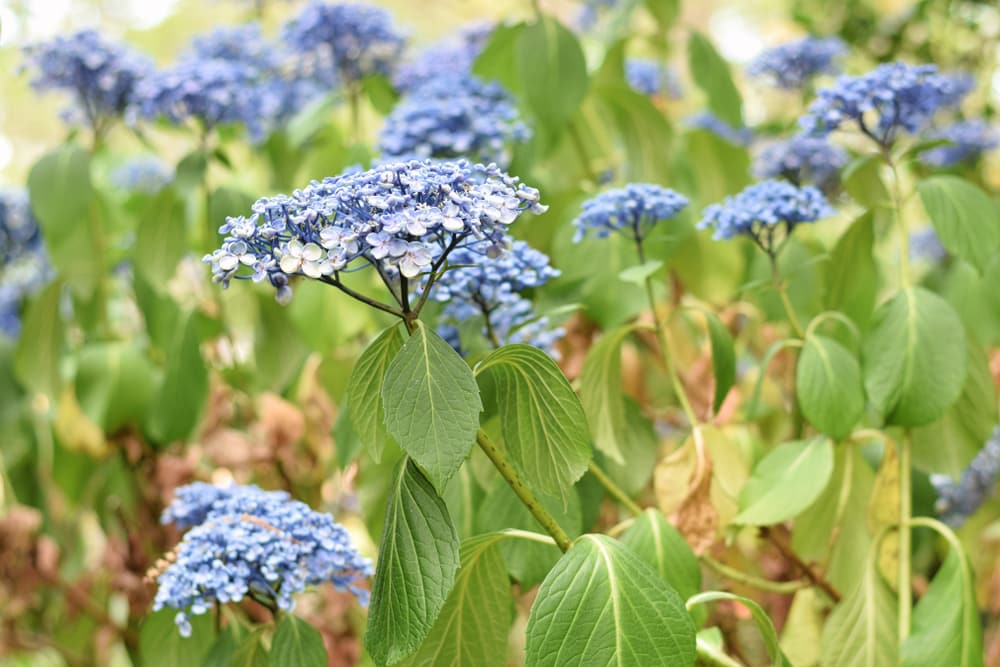
There are four significant kinds of hydrangeas that you can plant in your garden. Knowing the difference between different hydrangeas is necessary as you can’t use the same pruning or care tips on all the plants. So, before adding hydrangeas to your garden, you need to do thorough research on the type that will perfectly suit your garden.
Usually, Hydrangeas are pretty resilient, and you don’t have to worry too much about their survival. However, if you believe that your hydrangeas have started to wilt, then here are a few things that you can do to fix your hydrangeas.
What To Do If Hydrangeas Wilt?
There are two things that you need to look at while trying to revive your wilted Hydrangeas. First, you need to check the water supply and water retention in the soil. Secondly, you need also to limit the amount of sunlight your plants receive. Managing these two things will help you revive the dropping hydrangeas in a few days, if not hours. So, there is no need to panic. The plant should recover in time if there is no severe damage to the plant.
So, start by checking the water and moisture in the soil. You can remove the upper layer of mulching around the base of hydrangeas and dig a few inches deep to check the moisture in the soil. Try touching to soil with bare hands to see if it has a low temperature or not. If the soil is cool to the touch and stays together in your hand, you don’t need to change the soil mixture or increase the water supply.
However, if the soil underneath your plant does not match this description, you need to add some more compost or increase the frequency of watering your plants. The second thing you need to do is limit the amount of direct sunlight your plants are getting. If you have the plants in a pot, make sure to move them into a somewhat shaded region. That way, the hydrangeas should start to recover within a few seconds, and you won’t have to struggle with the same problem.
You also have the option of erecting a temporary shade over the plant during peak hours in the evening. Following these steps should help you manage hydrangeas over the long run, and you won’t have to worry about wilted plants. Hopefully, your hydrangeas will become erect and fully healthy within a few short hours.
To Conclude
You need to either increase the water supply or decrease direct sunlight to revive the wilted hydrangeas. Luckily, these plants are pretty resilient and will recover within a few hours, depending upon the severity of the issue. So, immediately inspect the soil mixture beneath the plant to see if it is cold and retains enough moisture to encourage plant growth.
If the soil mixture has no issues, you need to use a temporary stage during peak hours to protect your plants from too much sunlight. Following these methods will help you manage the recovery of your wilted hydrangeas.
